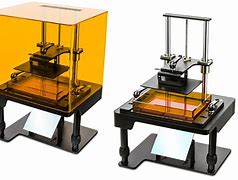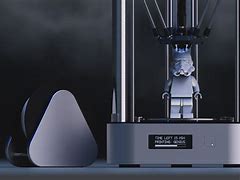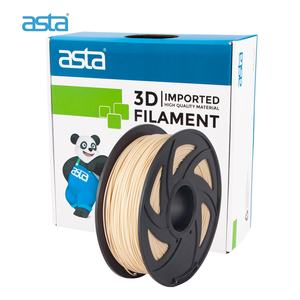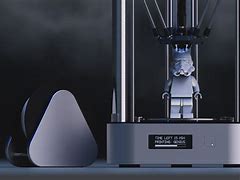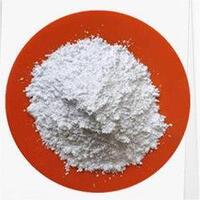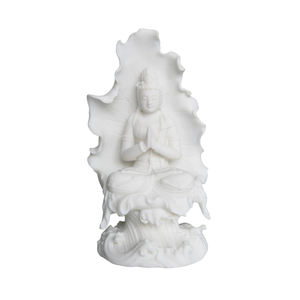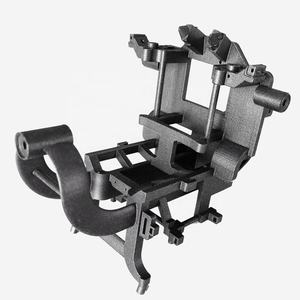Discover a professional 3D printing powder supplier
Metal 3D Printing: The Future Forged Layer by Layer
(metal 3d printing called?)
Metal 3D printing reshapes how we build things. This technology crafts complex metal parts directly from digital designs. Factories, doctors, and engineers now use it. It solves problems old methods cannot. Let’s explore this game-changer.
1. What is Metal 3D Printing?
Metal 3D printing builds objects from metal powders. Lasers or electron beams melt tiny particles. These particles fuse into solid shapes. Layer by layer, intricate designs emerge. This process is called additive manufacturing. Unlike carving metal blocks, it adds material precisely. Common techniques include DMLS and SLM. DMLS means Direct Metal Laser Sintering. SLM stands for Selective Laser Melting. Both use lasers to melt metal powders. EBM uses electron beams instead. These methods create strong, dense parts. Materials range from titanium to stainless steel. Even exotic alloys like Inconel work. The printer follows a 3D model file. Complex geometries become possible. Internal channels, lattices, and hollow structures form easily. Traditional machining struggles with these.
2. Why Choose Metal 3D Printing?
Metal 3D printing offers unique advantages. First, it reduces waste dramatically. Conventional machining cuts away metal. This wastes up to 90% of material. Additive methods use only needed powder. Second, it enables impossible designs. Think of turbine blades with cooling channels inside. These channels boost engine efficiency. Third, it speeds up prototyping. Companies test designs faster. No need for expensive molds upfront. Fourth, it simplifies repairs. Damaged aerospace parts get reprinted. No waiting for replacements. Fifth, it customizes easily. Medical implants match patient bones exactly. Dentists print perfect titanium crowns. Costs drop for low-volume production. Mass production still favors traditional methods. But for bespoke items, printing wins.
3. How Does Metal 3D Printing Work?
The process starts with a 3D model. Software slices it into thin layers. A printer bed lowers into a chamber. Metal powder spreads across it. A laser scans the first layer’s pattern. It melts powder where needed. The bed lowers slightly. New powder spreads. The laser melts the next layer. This repeats for hours or days. Support structures hold overhangs. These break away later. After printing, parts need heat treatment. This relieves internal stresses. Then workers remove supports manually. Sandblasting smoothens surfaces. Some parts require machining for precision. Key machines include EOS M series printers. These dominate the industry. Safety is critical. Printers use argon gas to prevent fires. Operators wear protective gear. Handling fine metal powders demands caution.
4. Applications of Metal 3D Printing
Industries embrace this technology. Aerospace leads the charge. GE Aviation prints fuel nozzles for jet engines. These nozzles consolidate 20 parts into one. They weigh less and last longer. Airbus uses printed brackets in planes. Medical fields benefit hugely. Surgeons implant printed titanium hips. Each hip fits a patient perfectly. Dental labs create crowns overnight. Automotive companies prototype faster. Bugatti tests printed brake calipers. These calipers withstand extreme heat. Even Formula 1 teams use printed parts. Energy companies print turbine components. Oil drills get corrosion-resistant valves. Jewelers craft intricate gold rings. Artists sculpt impossible metal shapes. The military prints spare parts on ships. This saves time during missions. Custom tools improve factory workflows.
5. FAQs on Metal 3D Printing
People ask common questions. Here are clear answers.
Question: How strong are printed metal parts?
Answer: Properly printed parts match forged metal strength. Some alloys even exceed it.
Question: What limits part size?
Answer: Printer chambers restrict size. Today’s largest printers handle parts up to 1 meter.
Question: Is surface finish smooth?
Answer: Raw parts show layered texture. Polishing or machining achieves smoothness.
Question: How expensive is it?
Answer: Printers cost over $100,000. Material prices are high too. But for complex parts, overall costs may be lower.
Question: Can it replace traditional manufacturing?
Answer: Not entirely. It complements methods like casting. Use it for complex, custom, or low-volume items.
Question: What materials work best?
Answer: Titanium, aluminum, and stainless steel are popular. New alloys emerge constantly.
Question: Are printed parts safe for planes?
Answer: Yes. Regulators certify critical components after rigorous testing.
(metal 3d printing called?)
Metal 3D printing evolves rapidly. New printers get faster. Materials diversify. Costs gradually decrease. This revolution is just beginning. Expect more industries to adopt it. The future of making metal parts looks bright.

